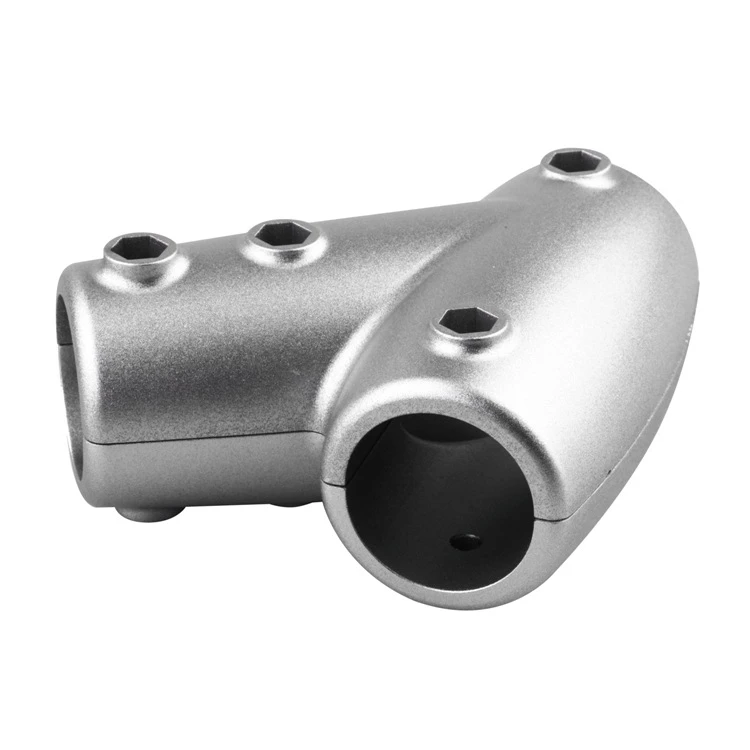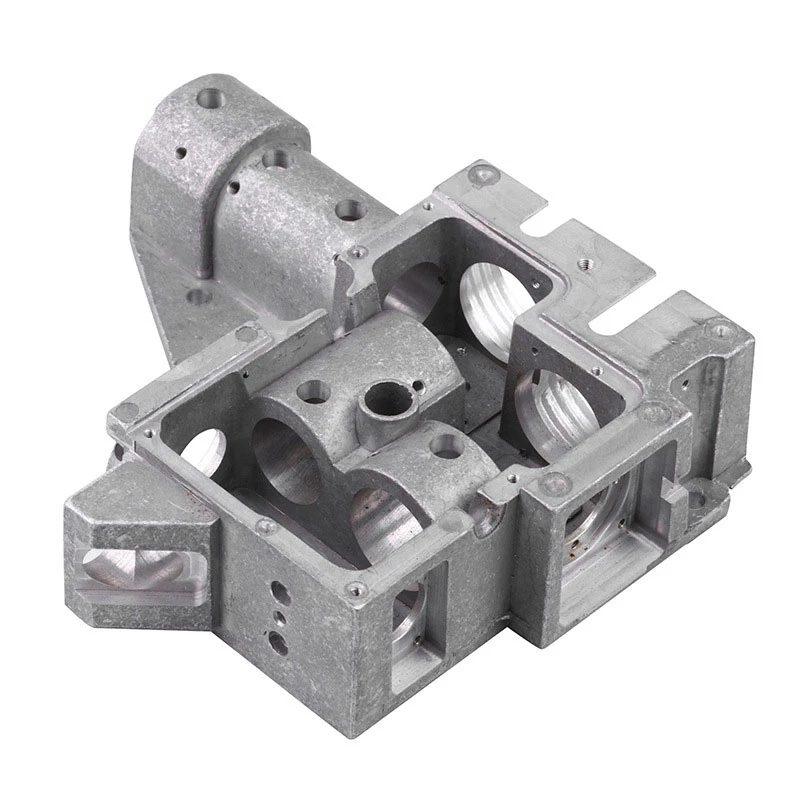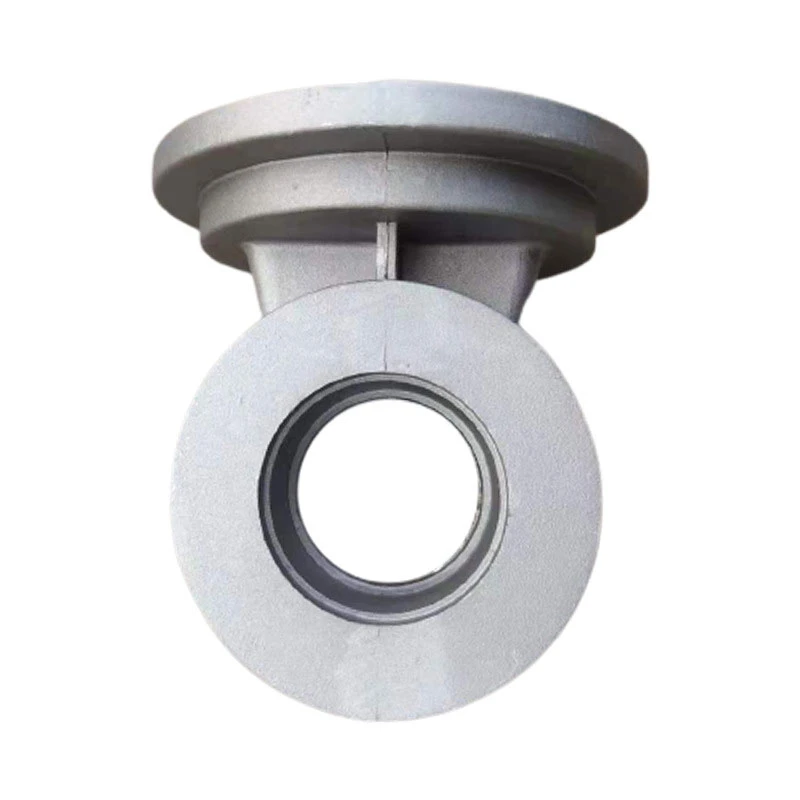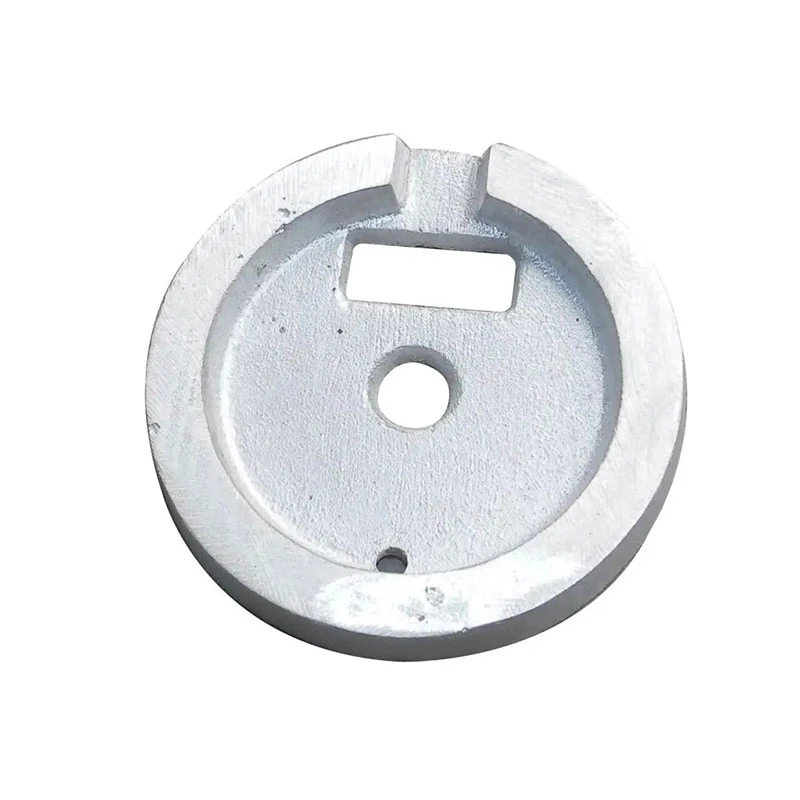fitting and machining
Fitting and Machining The Cornerstones of Precision Engineering
Fitting and machining are critical processes in the realm of mechanical engineering and manufacturing. These processes serve as the backbone of industries that rely on precision and accuracy, ensuring that parts and components fit together seamlessly for optimal functionality. In this article, we will delve into the significance of fitting and machining, the techniques involved, and their applications across various industries.
Understanding Fitting
Fitting, often referred to as assembly or assembly fitting, involves the manual or mechanical alignment and assembly of different parts to create a cohesive unit. This process can apply to a variety of products, from intricate machinery to everyday appliances. The goal of fitting is to ensure that all components work harmoniously, which requires a high degree of precision.
Fitting techniques typically include adjusting, aligning, and fastening components together. Distinct methods such as welding, bolting, and brazing can be employed depending on the materials and intended application. The fitting process is not just about putting parts together; it's about guaranteeing that they operate correctly and efficiently. A well-fitted assembly will enhance performance, reduce wear and tear, and prolong the lifespan of the product.
The Machining Process
Machining refers to the manufacturing process through which parts are shaped and finished using various tools and machines. The primary objective of machining is to achieve precise geometrical dimensions and fine surface finishes. This process plays a pivotal role in industries that require high tolerance levels, such as aerospace, automotive, and medical device manufacturing.
Common machining techniques include turning, milling, drilling, and grinding. Each of these methods has specific applications and is chosen based on the desired outcome. For example, turning is typically used to produce cylindrical parts, while milling is more versatile and can create complex shapes and features. The choice of machining technique is also dependent on factors such as material type, part geometry, and production volume.
Importance of Precision
fitting and machining

In fitting and machining, precision is paramount. The interdependence of components means that even the slightest deviation in size or shape can lead to malfunctions or failures. Therefore, engineers employ rigorous measurement and inspection techniques to ensure that each component meets specified tolerances.
In today's fast-paced manufacturing environment, the demand for precision has led to the adoption of advanced technologies, such as computer numerical control (CNC) machining. CNC machining allows for automated processes with high levels of accuracy and repeatability. This technology has revolutionized the machining process, enabling manufacturers to produce complex parts in shorter timeframes while maintaining stringent quality standards.
Applications Across Industries
Fitting and machining find applications across a diverse range of industries. In the automotive sector, for instance, precision engineering is crucial for producing components that operate safely and reliably. Factors like fuel efficiency and emissions standards necessitate meticulous fitting and machining of engine parts, transmission systems, and chassis components.
The aerospace industry also relies heavily on these processes to ensure the safety and performance of aircraft. Components such as landing gears, engines, and fuselage elements demand extreme precision to withstand the rigorous conditions of flight. Any failure in this sector can have catastrophic results, making high-quality fitting and machining indispensable.
Furthermore, the medical device industry benefits greatly from precision engineering. Devices such as surgical instruments, implants, and diagnostic equipment require exact specifications to function correctly within the human body. Fitting and machining processes ensure that these devices adhere to strict regulatory standards while providing accurate performance.
Conclusion
Fitting and machining are essential processes that underpin the modern manufacturing landscape. They ensure that components fit together perfectly, operate efficiently, and meet the rigorous demands of various industries. As technology continues to evolve, these processes will likely advance, incorporating more automation and precision techniques. Ultimately, the importance of fitting and machining cannot be overstated; they are the lifelines of precision engineering that drive innovation and maintain quality across sectors.
-
Aluminium Pressure Die Casting High-Precision & Durable Solutions for Complex PartsNewsJul.08,2025
-
Top Aluminum Sand Castings Manufacturer – Precision Green Sand Castings for Industrial NeedsNewsJul.08,2025
-
Precision Lost Wax Casting Quotes – High Accuracy Custom Parts Lost Wax Precision Casting ServicesNewsJul.07,2025
-
High-Quality Sand Used for Casting - Superior Sand for Sand Casting ProcessesNewsJul.07,2025
-
China Supply High End Metal Stamping Parts Sino - Precision Manufacturing FactoryNewsJul.06,2025
-
High-Quality Automotive Investment Casting Services Precision & Sand Casting SolutionsNewsJul.06,2025















